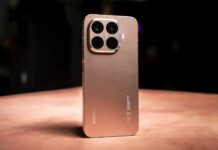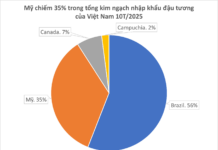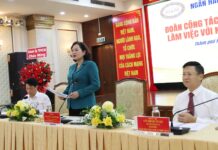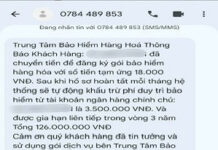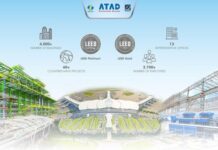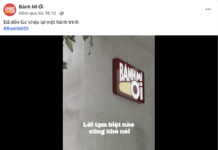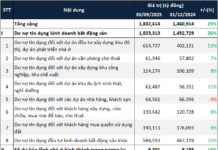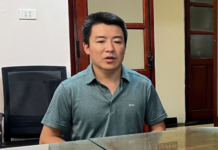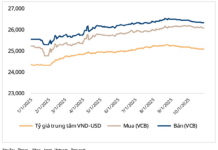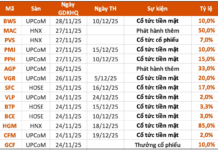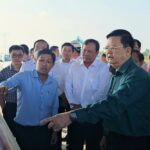Nokia used to占据30-40% of the global phone market share and was very successful. In the past, owning a Nokia phone was a dream for each of us. When the iPhone was launched in 2007, Nokia did not consider it as a competitor. Many other companies also had a low opinion of the iPhone. By now, everyone knows the results. Continuous innovation and change are the trends. Electric vehicles today are the iPhone of 2007. Traditional gasoline-powered vehicles are the Nokia of the past, Liu Xueliang, General Manager of BYD Auto Asia-Pacific, said at the beginning of the first interview with the Vietnamese media during a meeting at the company’s headquarters in late April 2024 in Shenzhen, China.
This brand will officially enter the Vietnamese market in June this year with 3 car models: Atto 3, Dolphin, and Seal. From now until the end of the year, the company can bring in 3 more car models: Seal Lion 6, Han, and Tang, with a sales target of about 5,000 cars in the last 6 months of the year .
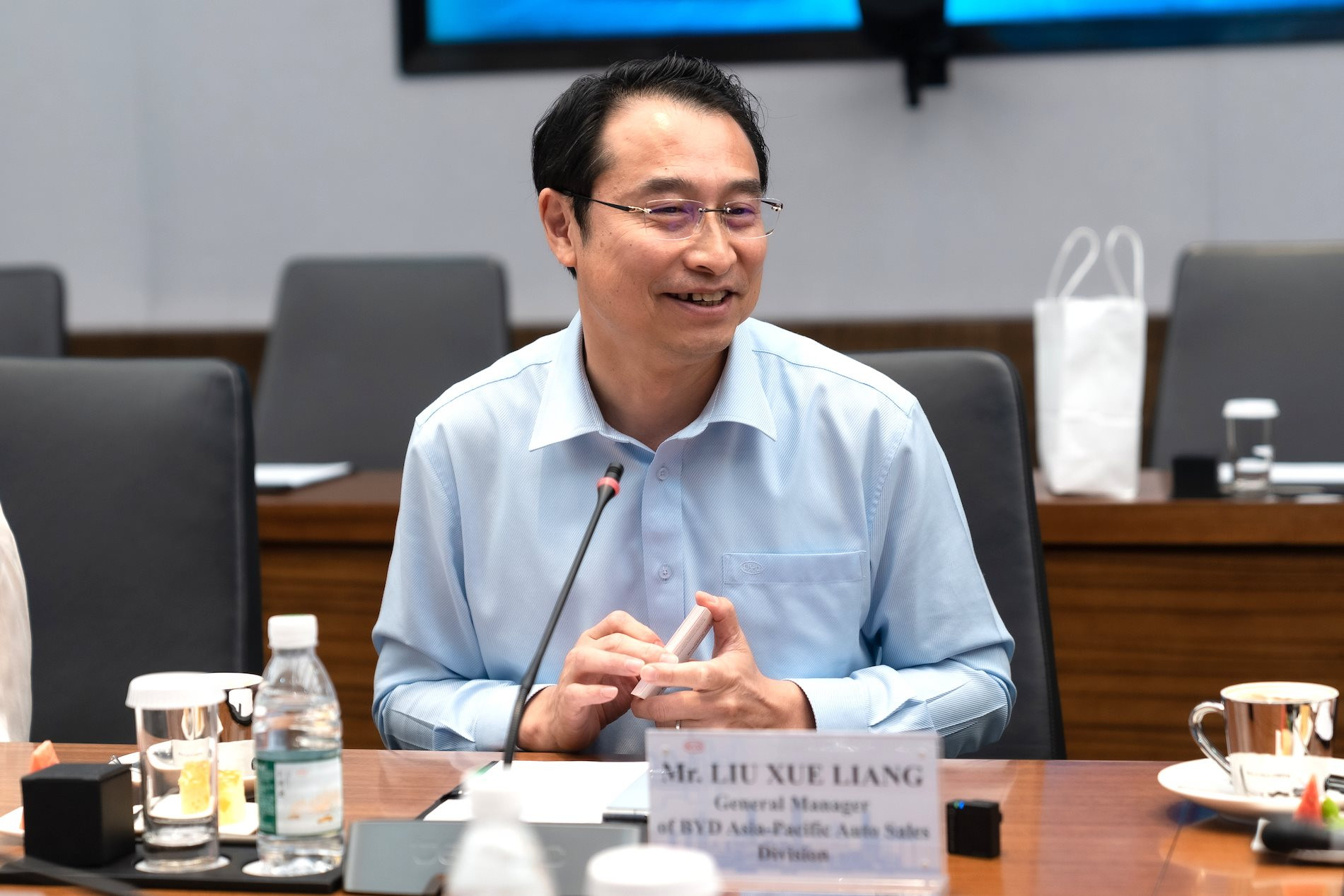
Mr. Liu Xueliang – General Director of BYD Auto Asia – Pacific.
The Vietnamese market is very important, so we chose to join last
Why did BYD choose to join the Vietnamese market so late when it has been present in most major markets in Southeast Asia since last year?
Firstly, talking about the Southeast Asian market, BYD has achieved certain successes. In Thailand, we are creating a phenomenon. After BYD announced the sale, Thai users lined up to buy cars. 10 years ago, users queued to buy the iPhone, but 10 years later they queued to buy BYD’s electric car. After 1 year, we have occupied 40% of the electric vehicle market share in Thailand, while Malaysia is 44%.
The Vietnamese market is very important to BYD, so we choose to join last. In fact, the “fate” of BYD and Vietnam has existed for a long time. We have an electronics factory in Phu Tho, which supplies goods and manufactures iPads for Apple. We also regularly send staff here to the company’s headquarters for training.
BYD was launched late in Vietnam because we did not want to just bring in a few car models but wanted to build an ecosystem. Electric vehicles are a very difficult industry to develop if there are only a few businesses, government support and ancillary industries are needed to develop.
The scale of the Vietnamese market is currently much smaller than that of markets such as Thailand. What is your assessment of the market potential?
The scale of the Vietnamese market will definitely surpass that of Thailand because of its larger population. Vietnam is a potential market with over 100 million people, young users, and strong support for new technologies. BYD hopes to be able to contribute to the development of the Vietnamese electric vehicle market.
What are BYD’s specific steps? What are your plans to build a factory in Vietnam, and how do you build charging stations?
We are actively working with partners to find suitable development. We need the cooperation of many partners, businesses and localities in order to bring about great changes. BYD believes that if we work together to build an ecosystem for electric vehicles, we will create great job opportunities for people and opportunities for businesses.
Regarding the factory in Vietnam, we still have our plans but we will share more details at a more appropriate time.
As for charging stations, there are currently many businesses waiting to invest in this field. 10 years ago when BYD was developing electric vehicles, we had to build our own charging stations in Shenzhen, but when electric vehicles became popular, many investors came and did this job.
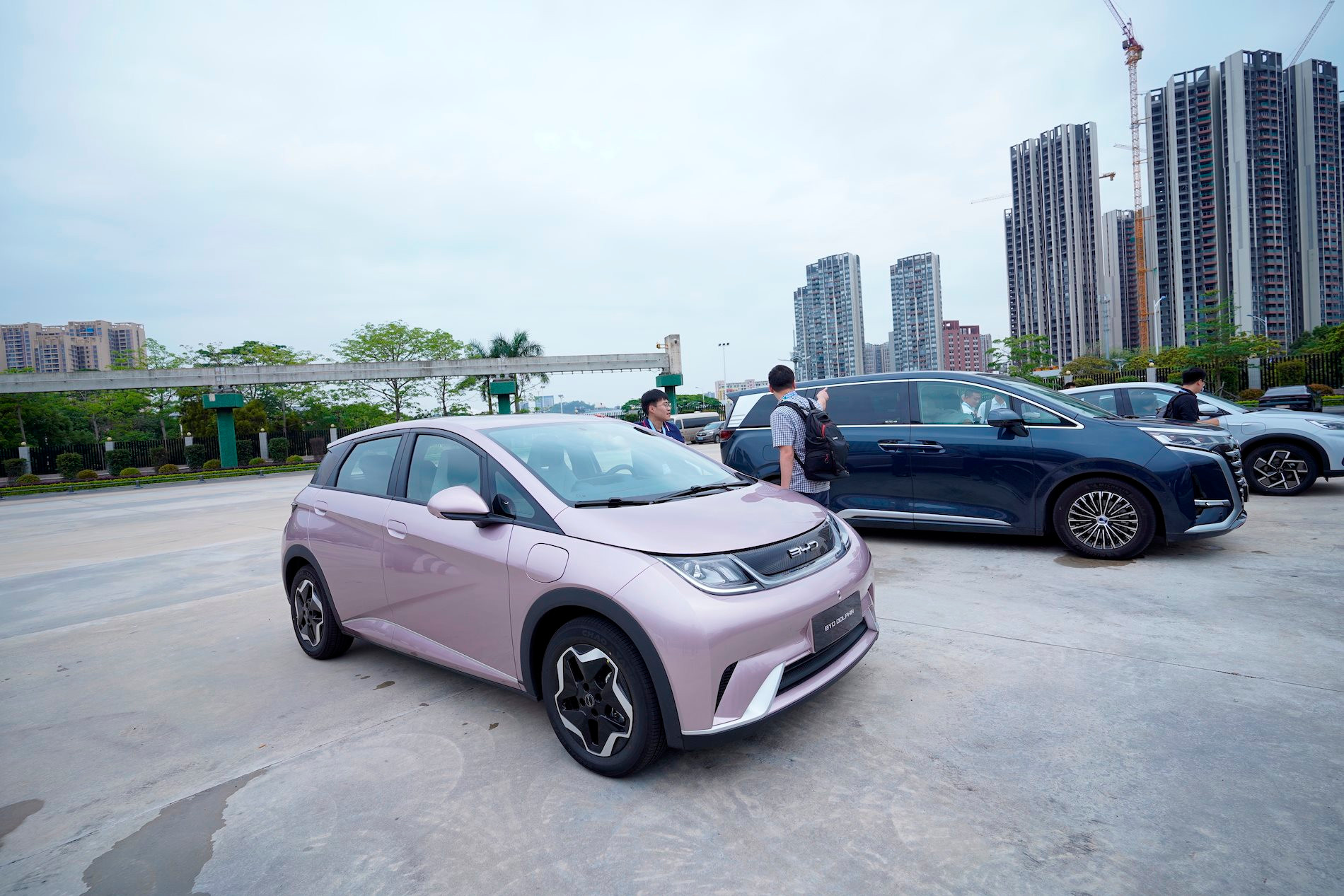
BYD Dolphin, one of the company’s car models, will be available in Vietnam in June this year.
Do not build charging stations, want to develop the market with VinFast instead of confrontation
Does that mean you won’t directly invest in building charging stations?
BYD will not invest directly. Vietnam has many companies that can do that, BYD does not need to do it. We will invite domestic investors or businesses with factories in Vietnam to do this.
What strategy will you use to compete with VinFast in Vietnam, and what is BYD’s goal when entering the market?
Initially, the goal we are aiming for will not be sales but what we can bring to the market.
With VinFast, we do not consider them as a competitor. The competition in the electric vehicle market in Vietnam has not yet begun. BYD admires VinFast very much. They have made a lot of efforts in Vietnam, bringing the concept of electric vehicles to Vietnamese users to know what electric vehicles are. We look forward to working with VinFast to develop the electric vehicle industry in Vietnam.
BYD’s view is to cooperate to support the transition from traditional cars to electric vehicles, and to develop the market together.
Returning to the international market, in China and many large markets, the price reduction race is taking place very fiercely. What is BYD’s strategy for survival?
In my opinion, it is normal to reduce prices to compete. If you talk about the secret, BYD has no secrets, but the important thing is that we must master the technique. We currently have a capacity of about 3 million vehicles/year and we hope to be one of the companies that go to the end of this game.
No one can predict the future, but according to experience from the past, to develop sustainably, in the long run, core technology must be mastered. BYD currently has more than 90,000 engineers engaged in R&D. We will continue to research electric vehicle technology.
Our DNA is innovation. We are also the first company in the world to announce that we have stopped producing gasoline-powered vehicles to demonstrate our commitment to the industry.


